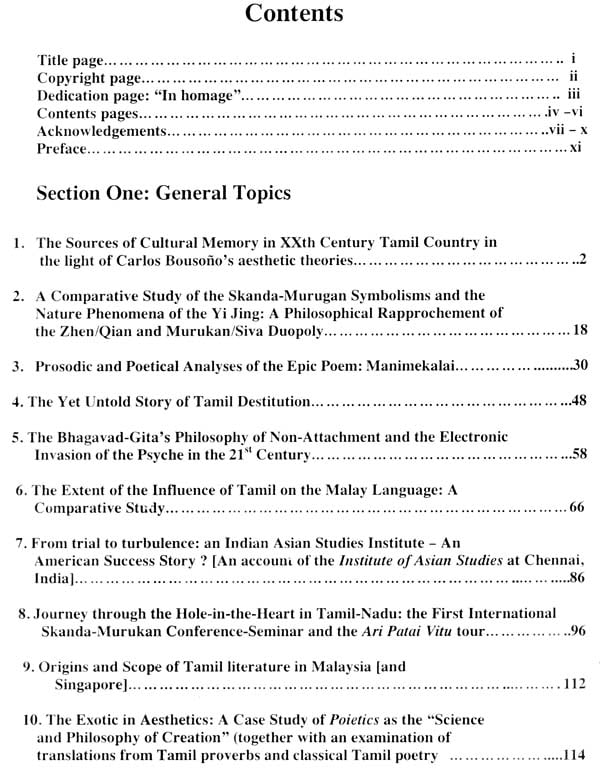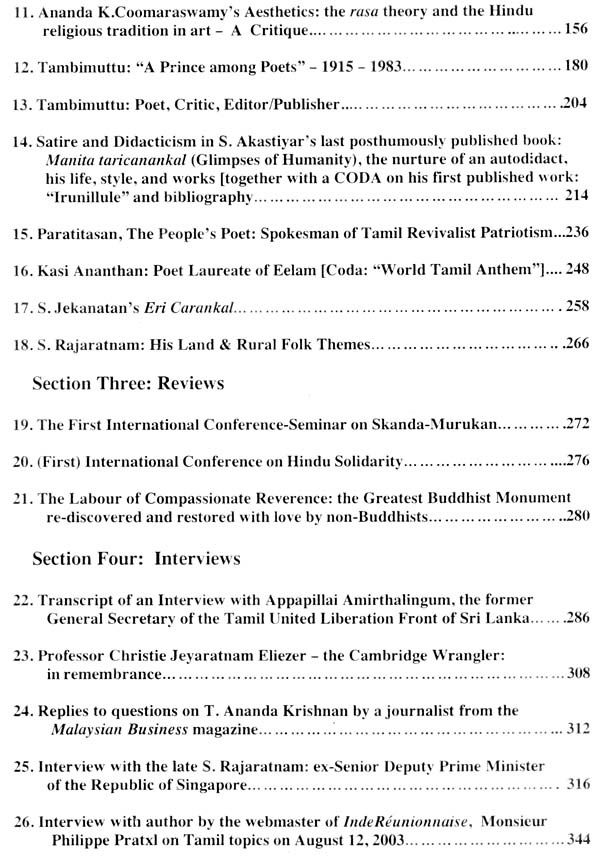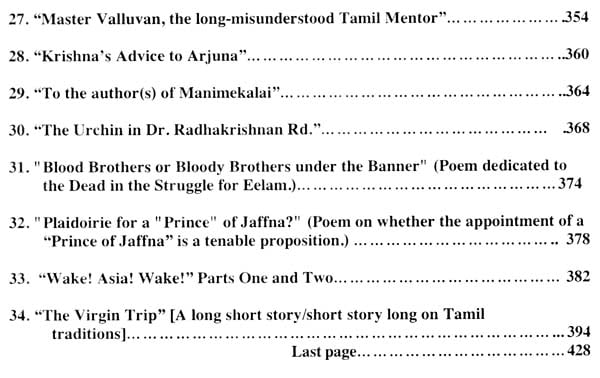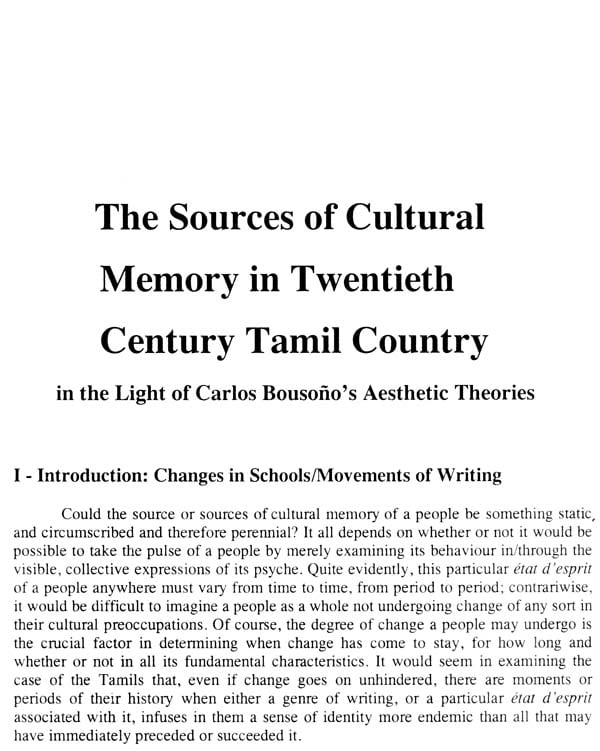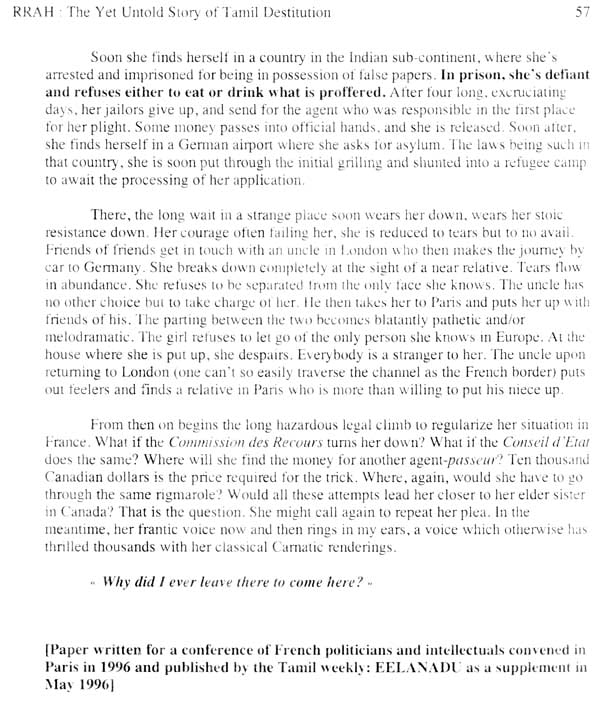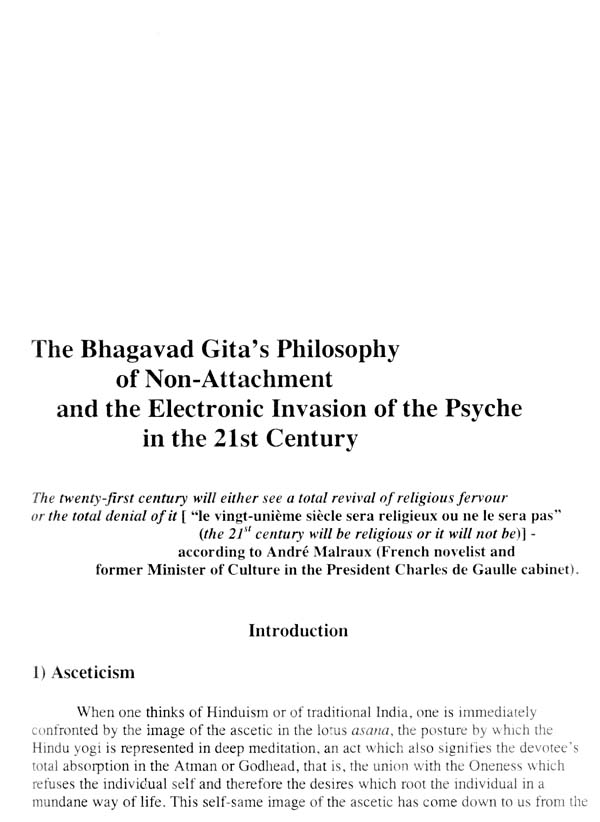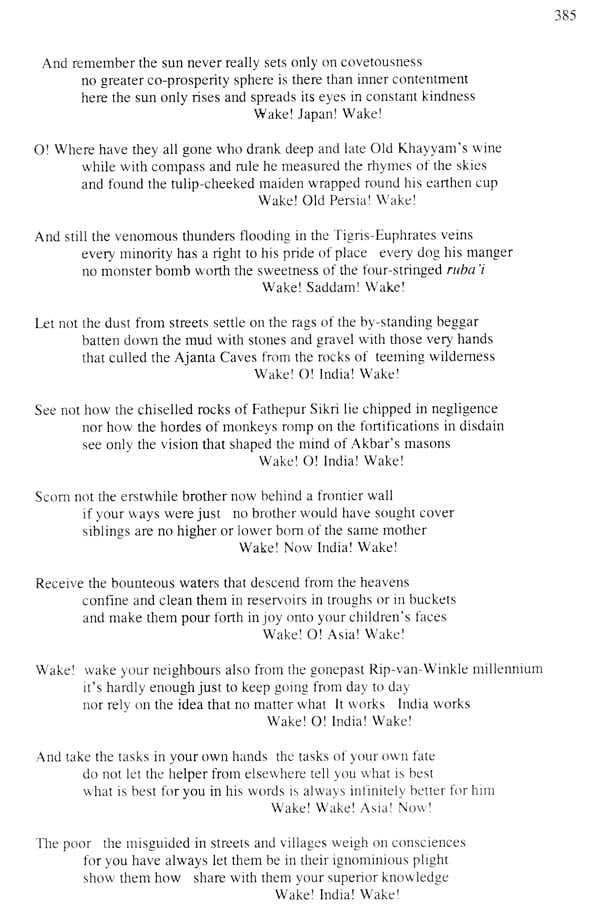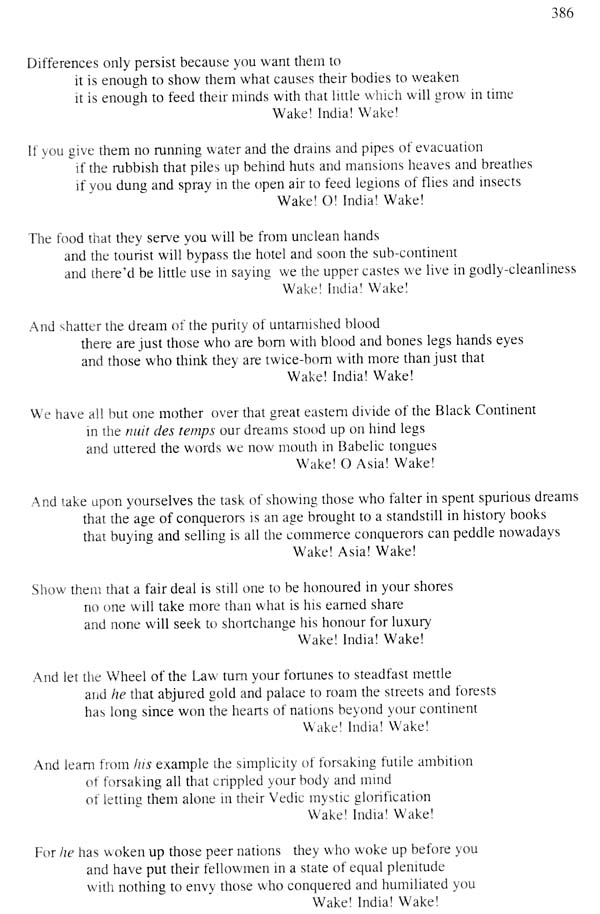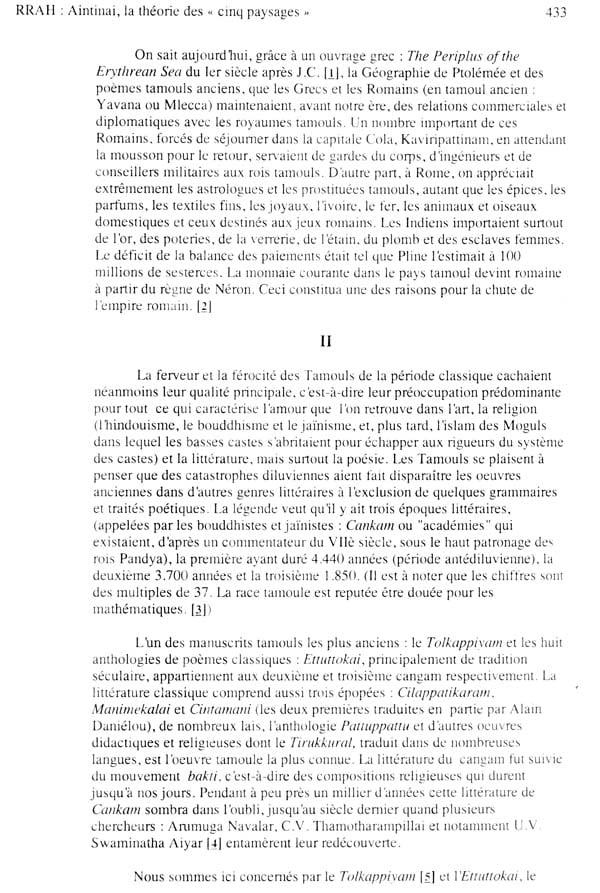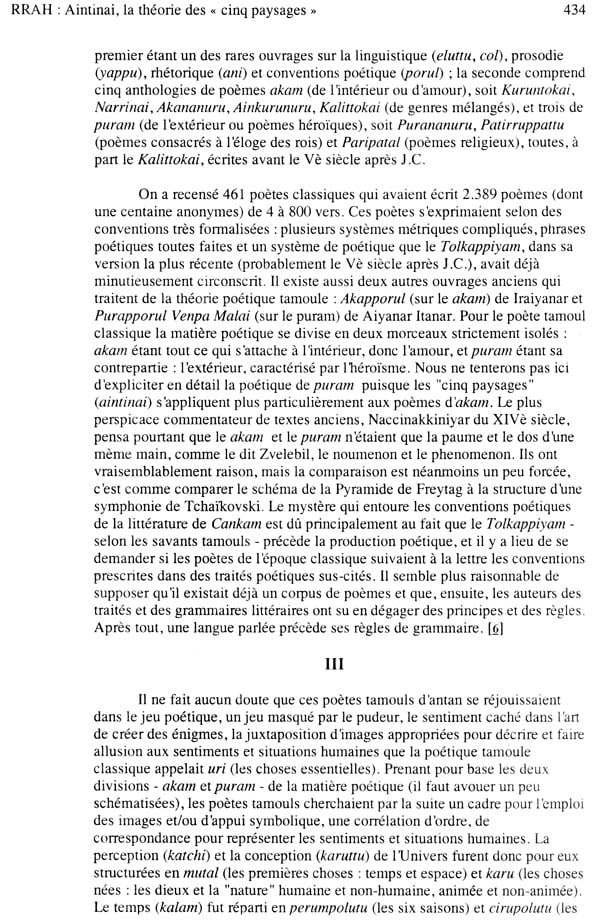About the Author The author of these essays, articles, critiques, interviews, cogitations, poems and a long short story on Tamil Studies topics spent nearly all his adulthood in Europe (England, Germany, Spain, and, now, France) in the days when the Tamil presence there (excepting Indian-Tamils holding French passports) was scarce. He owes his knowledge of Tamil to his teenaged-parents who began immigrant life in the old Federated (and Un-Federated) Malay States and Straits Settlements in Peninsular Malaysia. This collection is raised on that heritage. Tamil was hardly ever taught in the European Continent, and those following the courses in London, Paris or Heidelberg were few and far between. Even Tamil publications were hard to come by. Not until the exodus of Tamils from Sri Lanka following the July-1983 ethnic riots interest in things Tamil took shape. A Tamil-instituted media industry soon sprouted deep roots. The author published his first major article on Tamils only in March 1990. The present collection testifies to his own growing concerns with his mother tongue and the need to research and resurrect a language and literature, and to re-evaluate the achievement of a people who had known better times in the past. As he, himself, says in the first article: "It is to this past that the educated masses of the Ta.nn1s turn, and it is in this past that the majority of the Tamils, both in Tamil-Nadu and in the Tamil Diaspora, seek their origins, and eventually their distinctive identity as well, today, as a people. But what is particularly noteworthy is that - even if the vast majority of the Tamils may not possess an intimate knowledge of their classical past - Tamils take great pride in the knowledge that there was once a language, a literature, and a people with their own independent history and which owed practically nothing, or little, to outside influences."
Preface Just a word to say that even if all the material in this collection has already been made available to readers interested in the subject, here the various articles, essays, critiques, reviews, and interviews have been brought together in a new and refreshing format. Typographical errors, he hopes, have been put to rights; and where necessary fresh amalgamations of disparate pieces on similar themes have been allowed to fuse together, and a more rigorous layout has been affixed to old and varied presentations of these articles in variegated publications. Some meaningful order, too, has been imposed by organizing material in separate sections. In short, everything has been done to try to make reading easier.
Some published work on specifically Tamil topics has not been included in this volume, for; it occurred to the author, further research on the subject would have been necessary. On the other hand, in an essay like ''The Exotic in Aesthetics", a certain amount of the discussion though seemingly alien to the subject matter of this publication leads by argument to the introduction of the treatment of Tamil proverbs and Tamil classical poetry. The review on the re-construction of Borobudur finds its place here for, at the time of its creation, Tamil know-how and culture reigned in the Indonesian archipelago.
The author does not wish to lay claim to being a Tamil scholar or Terminologist.
He is more than aware that he has no genuine competence which could be diligently exercised in the vast and abundant field of Tamil studies. Debunker, he has produced these pieces by his own autodidactic effort and ventures to hope he might have shed some critical light on some Tamil topics, beliefs, and ways of life.
He feels however that the distinguishing feature introduced in this particular mode of academic publication is the section, "Commentary via fiction" or rather "fictionalized comment". Fiction as a receptacle for ideas and concepts in no way diminishes academic rigour; if anything, it enhances receptivity, makes palatable what is normally dry and difficult.
Of one thing though he is certain. As a Tamil, he cannot be discouraged from venturing further in the field of Tamil studies.
Book's Contents and Sample Pages
